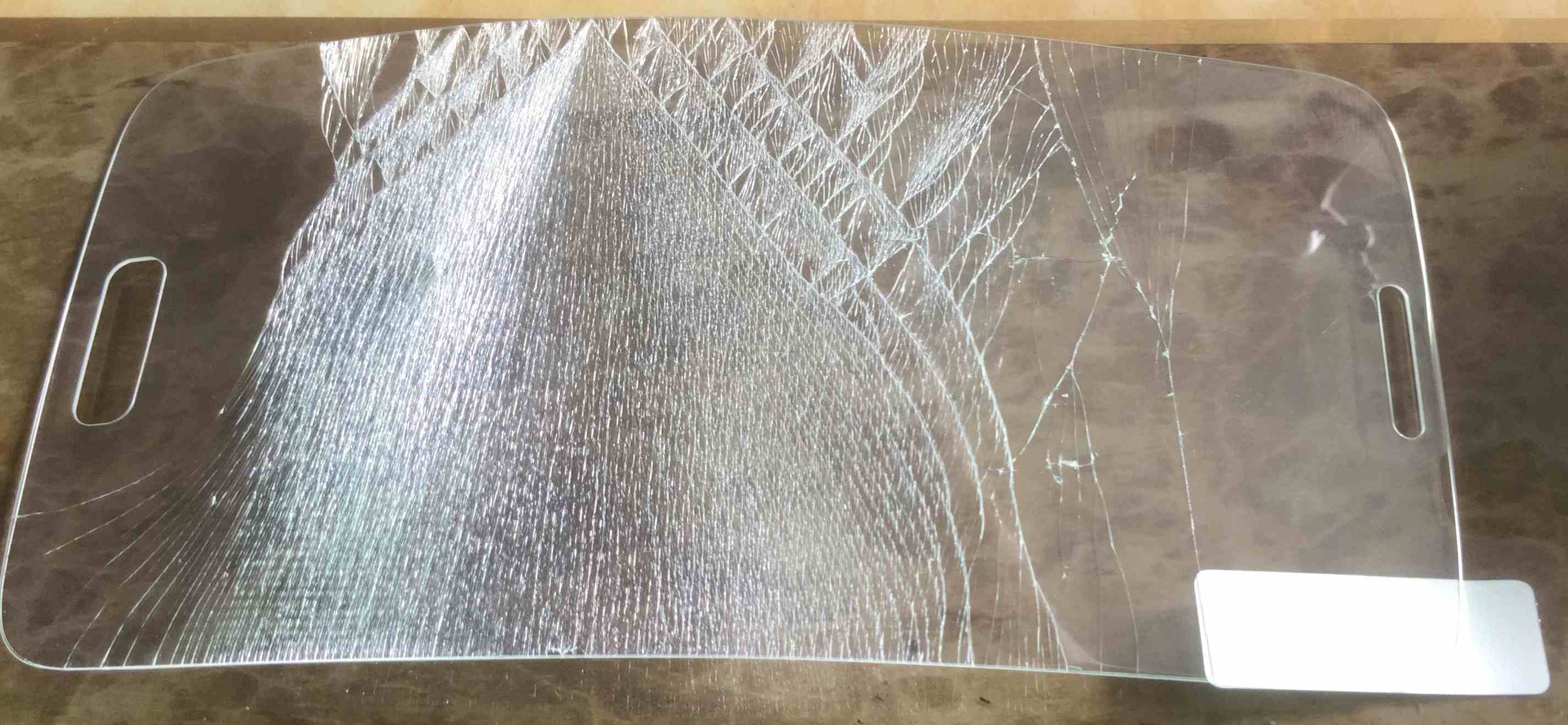 By Fabien Gaussorgues
By Fabien Gaussorgues
Over the last few months, tempered glass protections for phones and tablets have become very popular. Many Chinese manufacturers are starting to make this product, which is fast replacing regular plastic protections.
There are several reasons for that:
- Better protection for the phone screen in case of chock
- Perfect transparency
- Glass feeling (not plastic)
- Oleophobic coating (avoid fingerprint, and water cannot stick to the screen), dirt protection
- Scratch proofing with hardness of 8-9H (on the Mohs scale it means it’s not far from a diamond’s hardness)
With an average manufacturing price in China of 1 USD a piece, this is becoming the best protection for mobile phone and tablet screens.
However, like any product made in China, the quality can vary significantly. Buyers should know what to look out for.
Low cost manufacturers tend to make glass protections that are too thin (and fragile), that have no coating (finger print are visible), with a lower hardness level, or even using regular glass!
The manufacturing process
Regular tempered glass is made of 3 or 4 layers:
- Coating
- Tempered glass
- Silicon layer
- Glue layer for assembly on the phone
Applying the glue is the final step. After that, the glass cannot be stored for long. So most suppliers purchase the glass from subcontractors and only take care of the glue assembly and the packaging.
The tempered glass manufacturing process is the most important step. It requires very high temperature (650˚C) for about 3 hours, followed by very fast cooling. The time spent in the oven has an impact on the glass strength (making it scratch proof) and reduces flexibility (making the glass more fragile during assembly on the screen). Therefore process control is very important.
What to test during inspections
Three tests are extremely important.
Hardness test — If a pencil can scratch the screen, this test is failed. In fact tempered glass should also be able to pass this test with sand or a knife.
Breaking test — the glass is bent around a half circle. It should break and remain as one single piece. Glass that breaks down in many parts is quite dangerous for users.
Dimensions — each phone model has a different dimension. A manufacturer might mix up the SKUs during packing by mistake… or in order to get rid of stock that corresponds to an old phone model!
Supplier selection
Most suppliers come from the tablet industry (they were already buying a lot of glass) and are located in Guangdong province.
Feeling the opportunity, many traders are offering this product on the internet and on trade shows. There are wide discrepancies in prices and quality levels.
It can be difficult to find a manufacturer. But, from what clients tell us, working with a manufacturer makes sense for quantities as low as 1,000 pieces.


